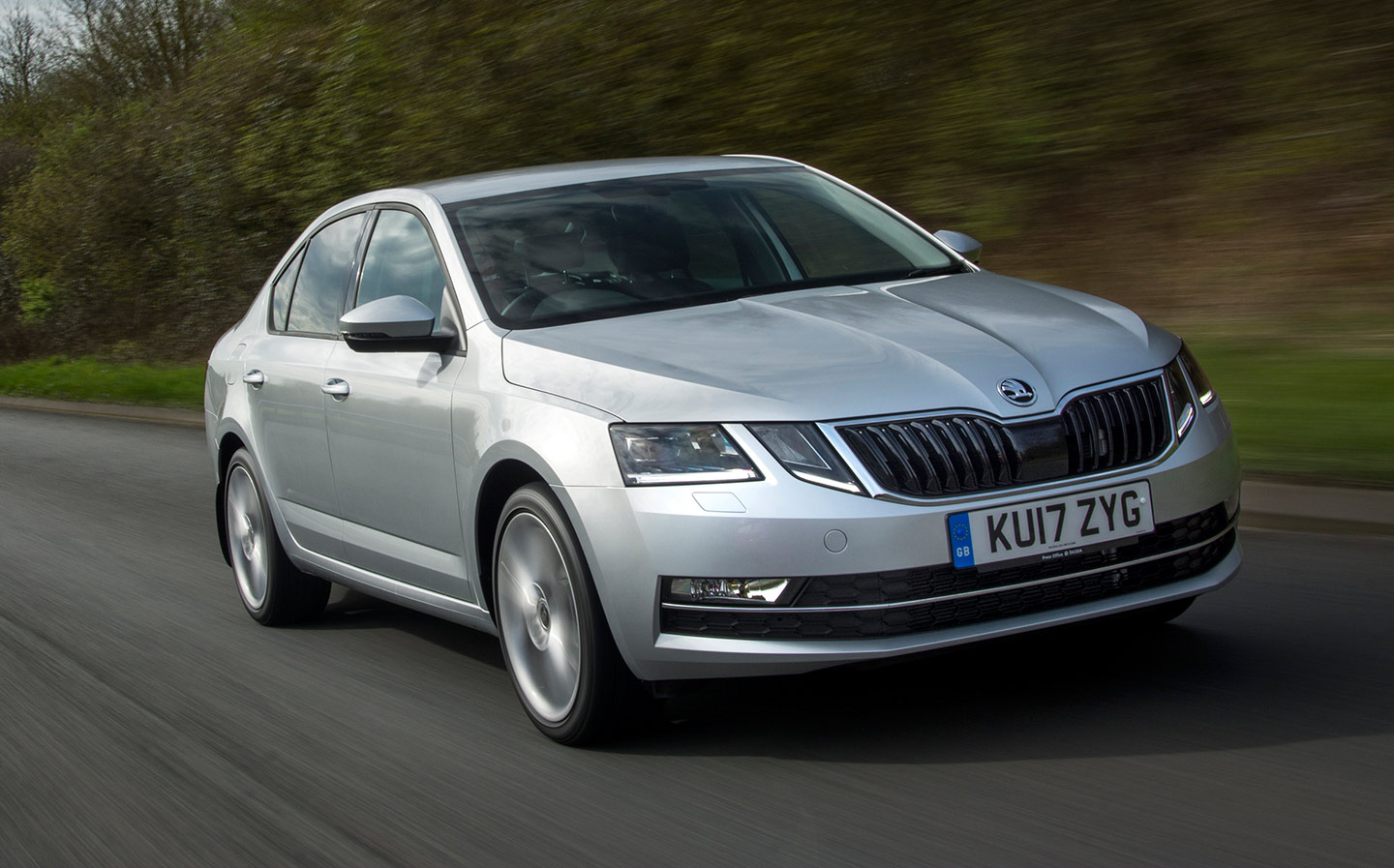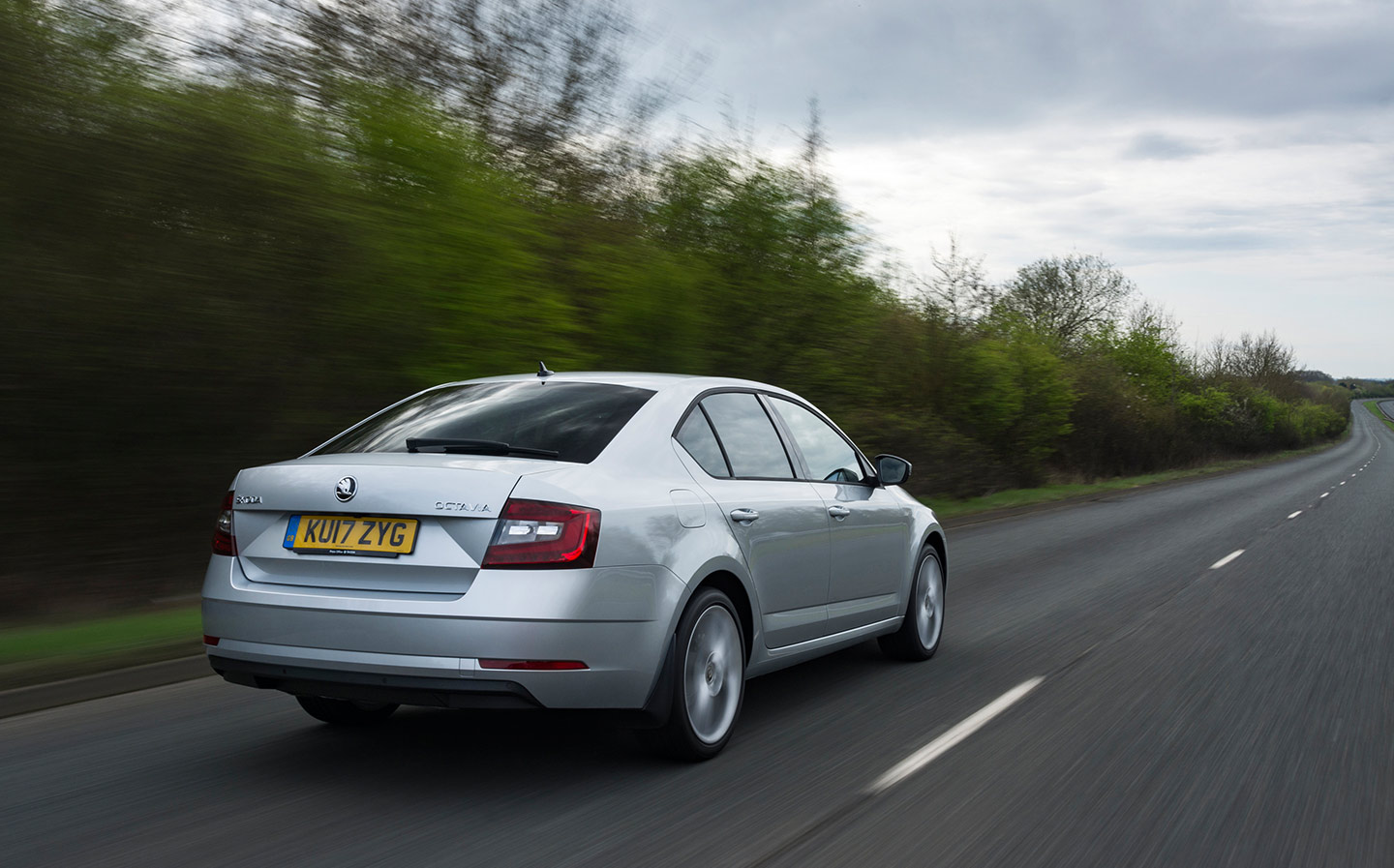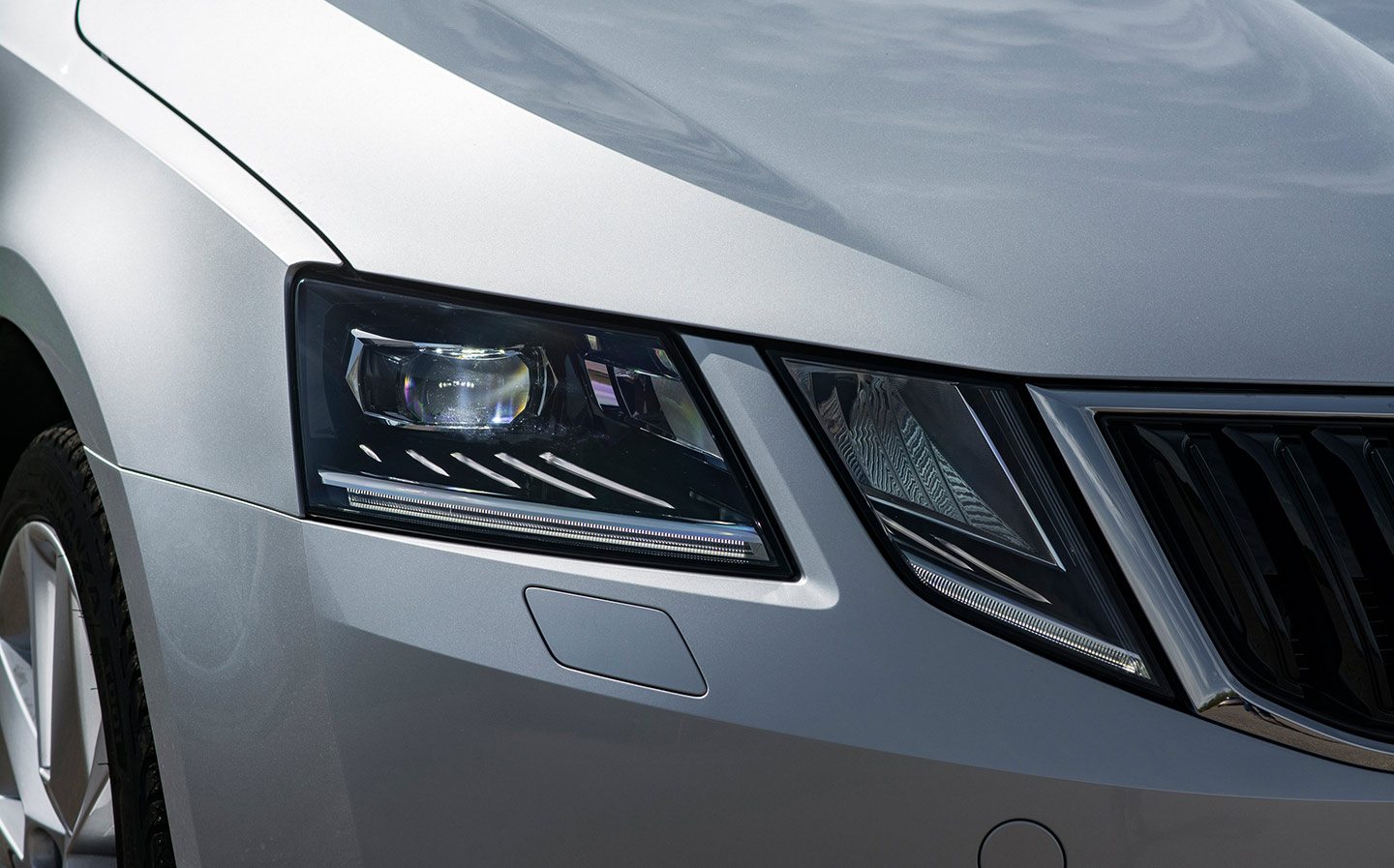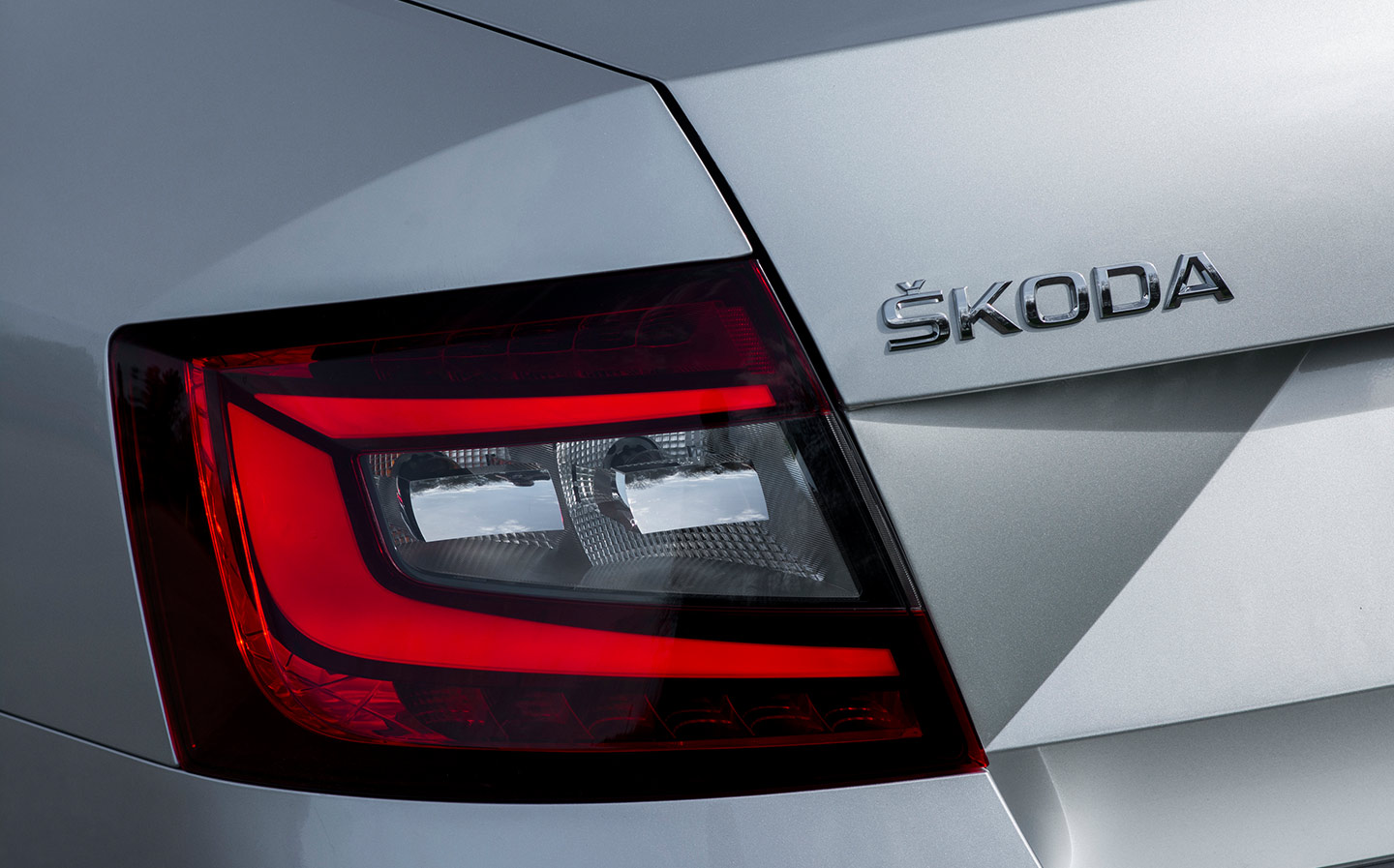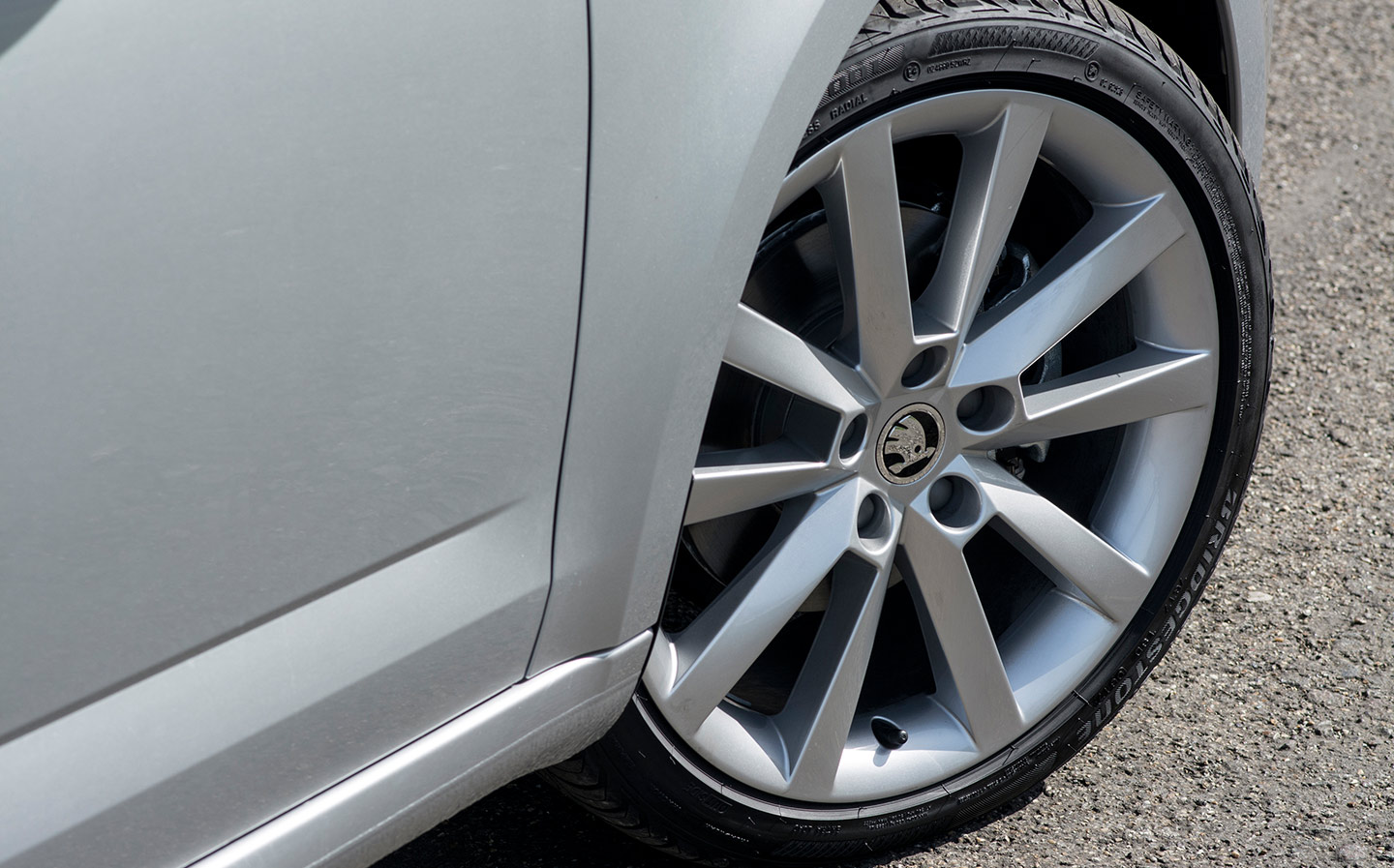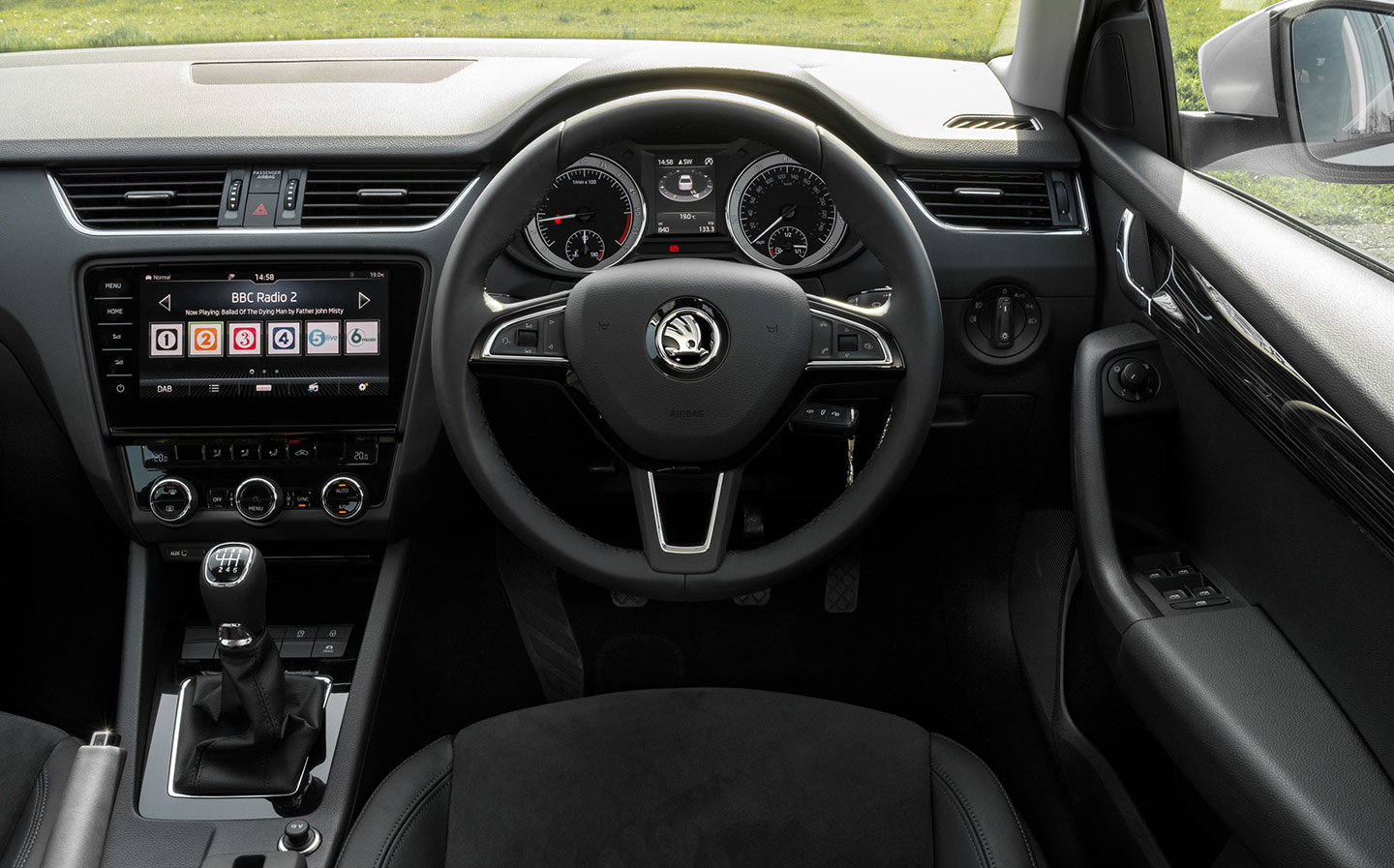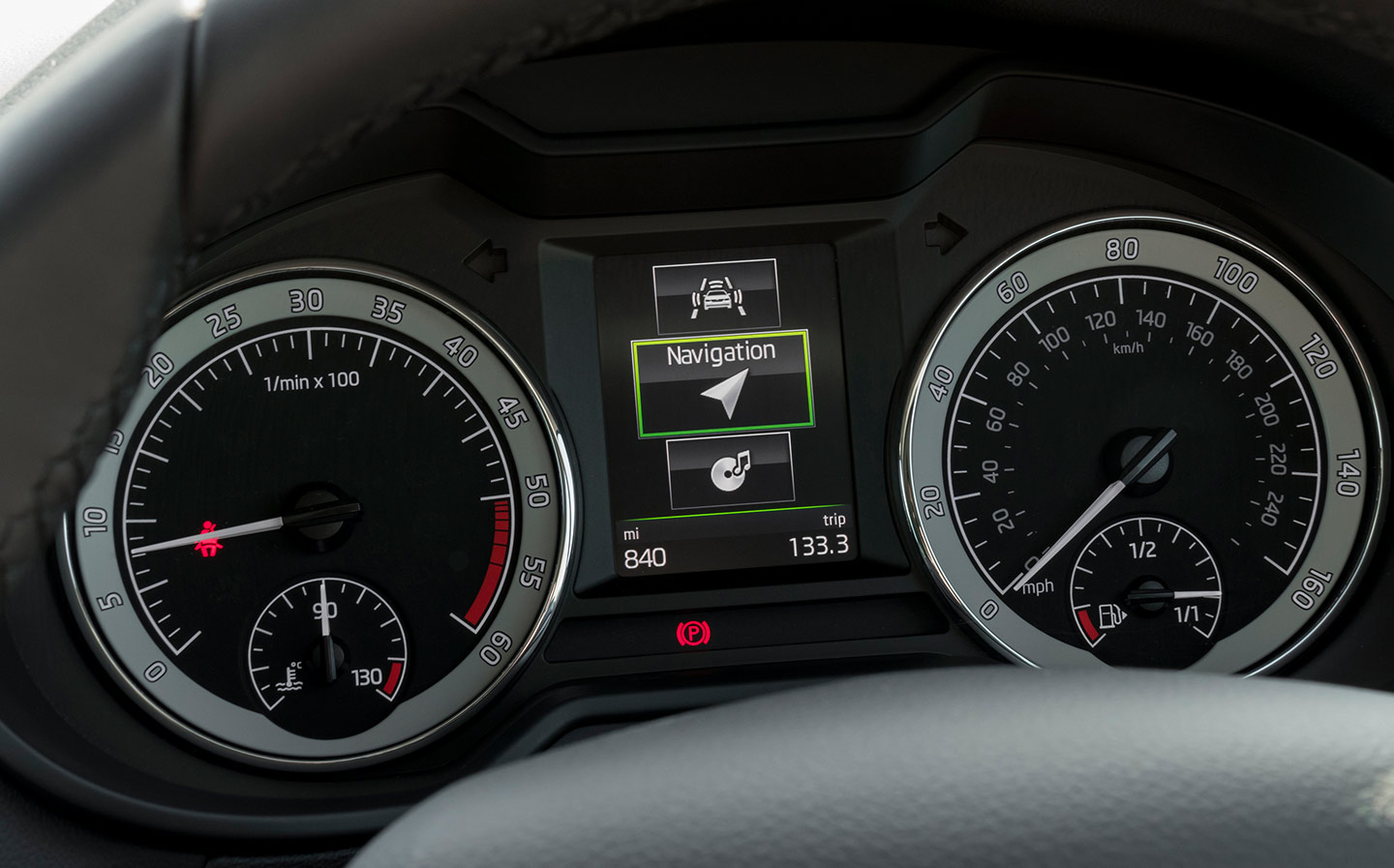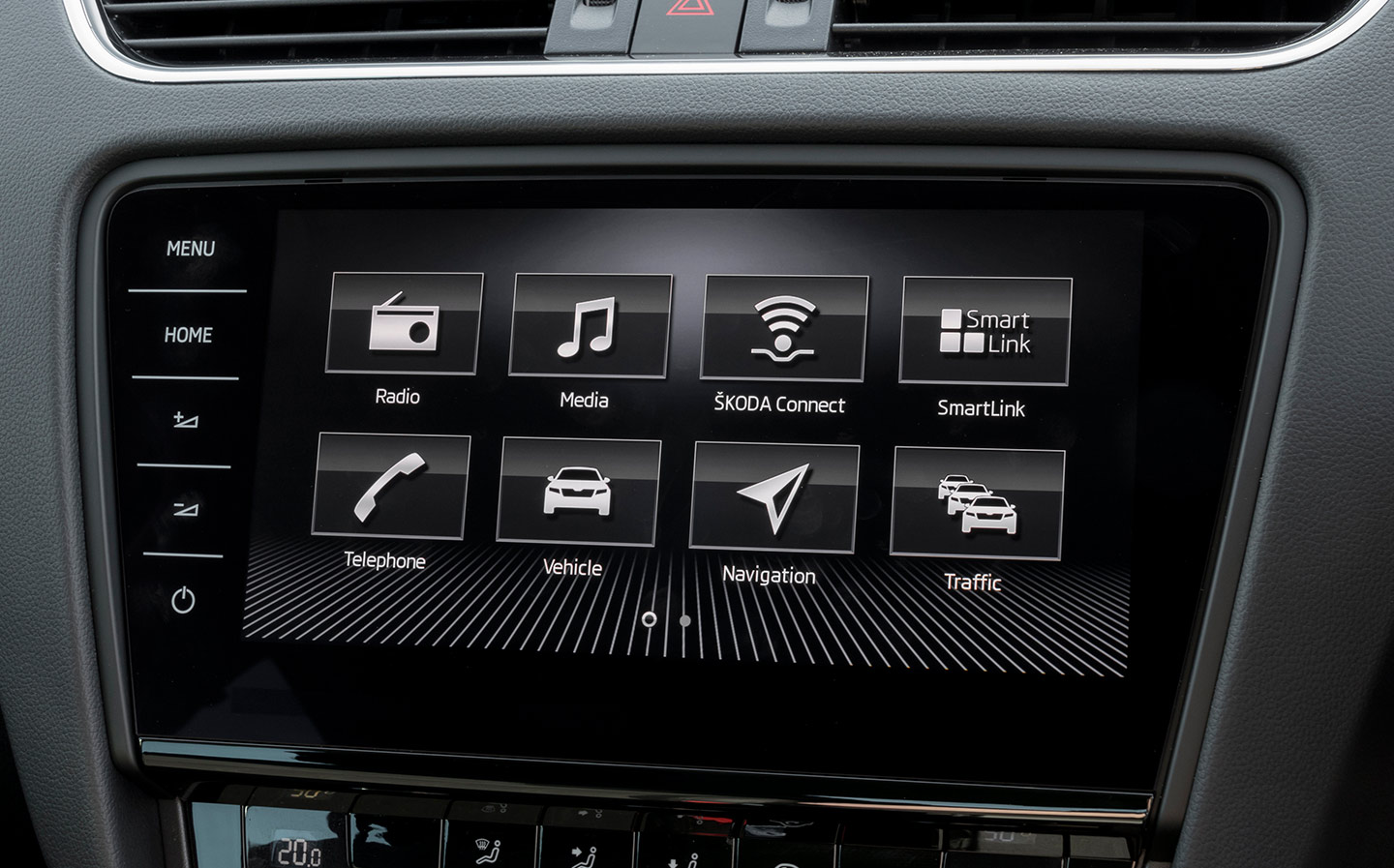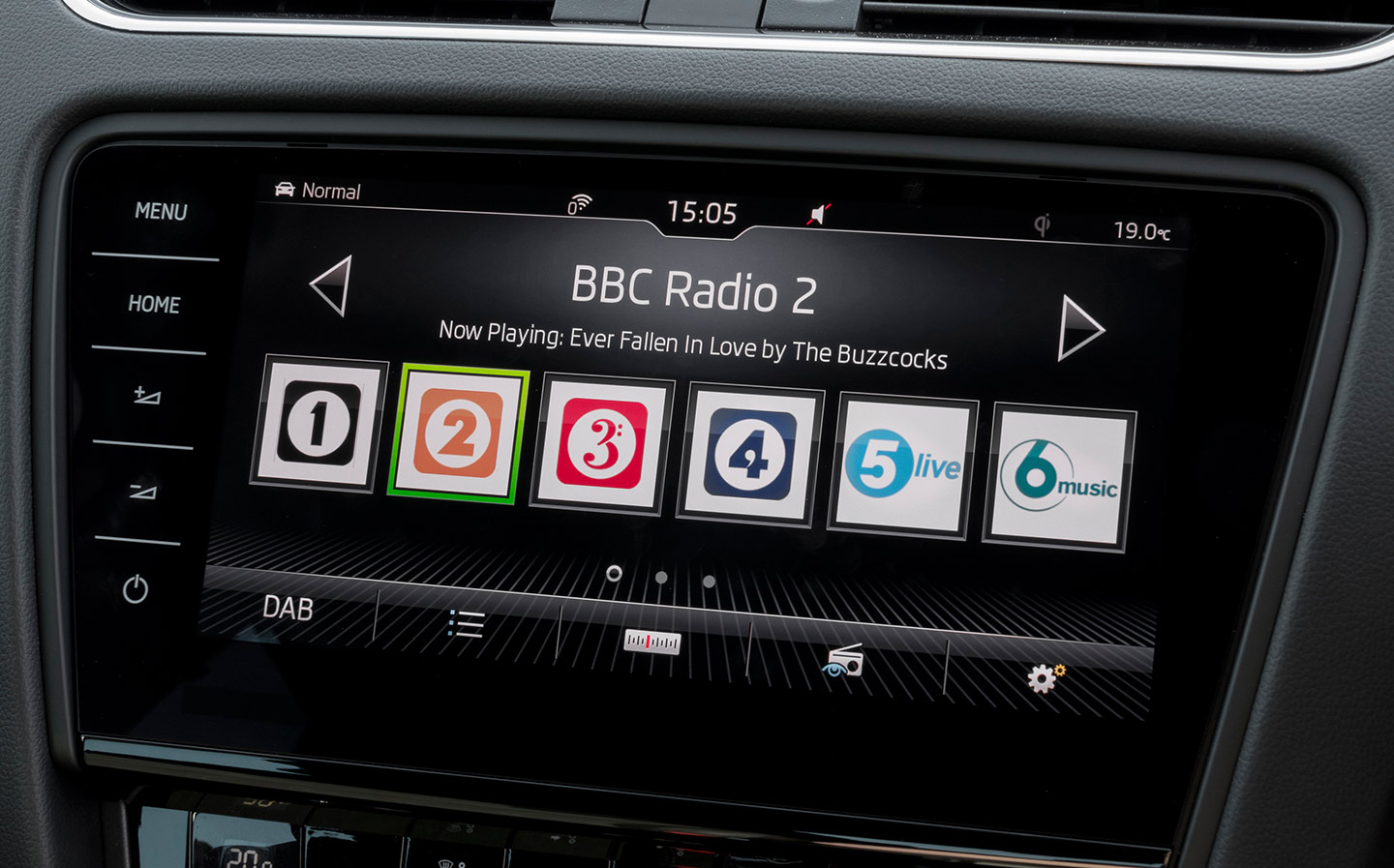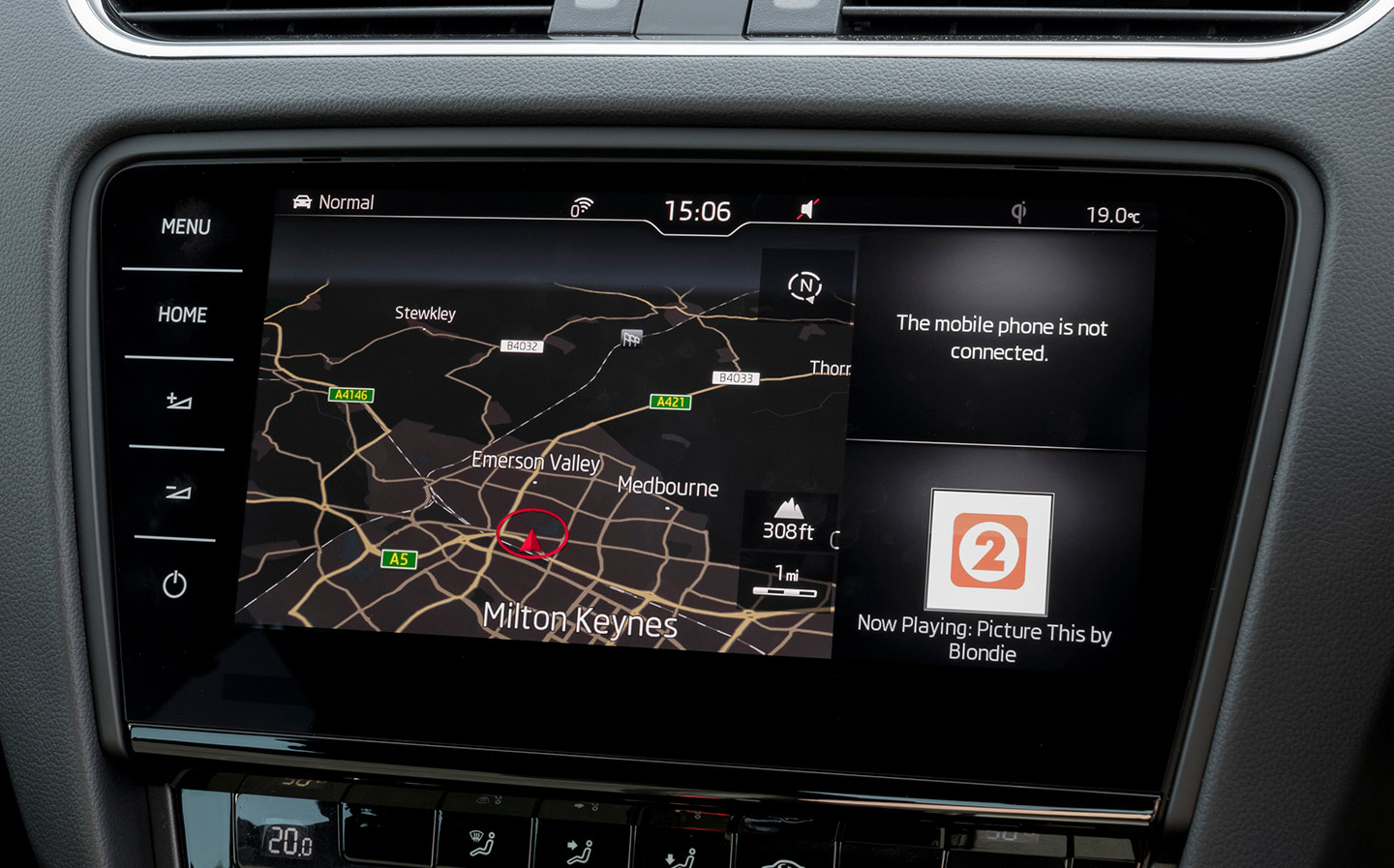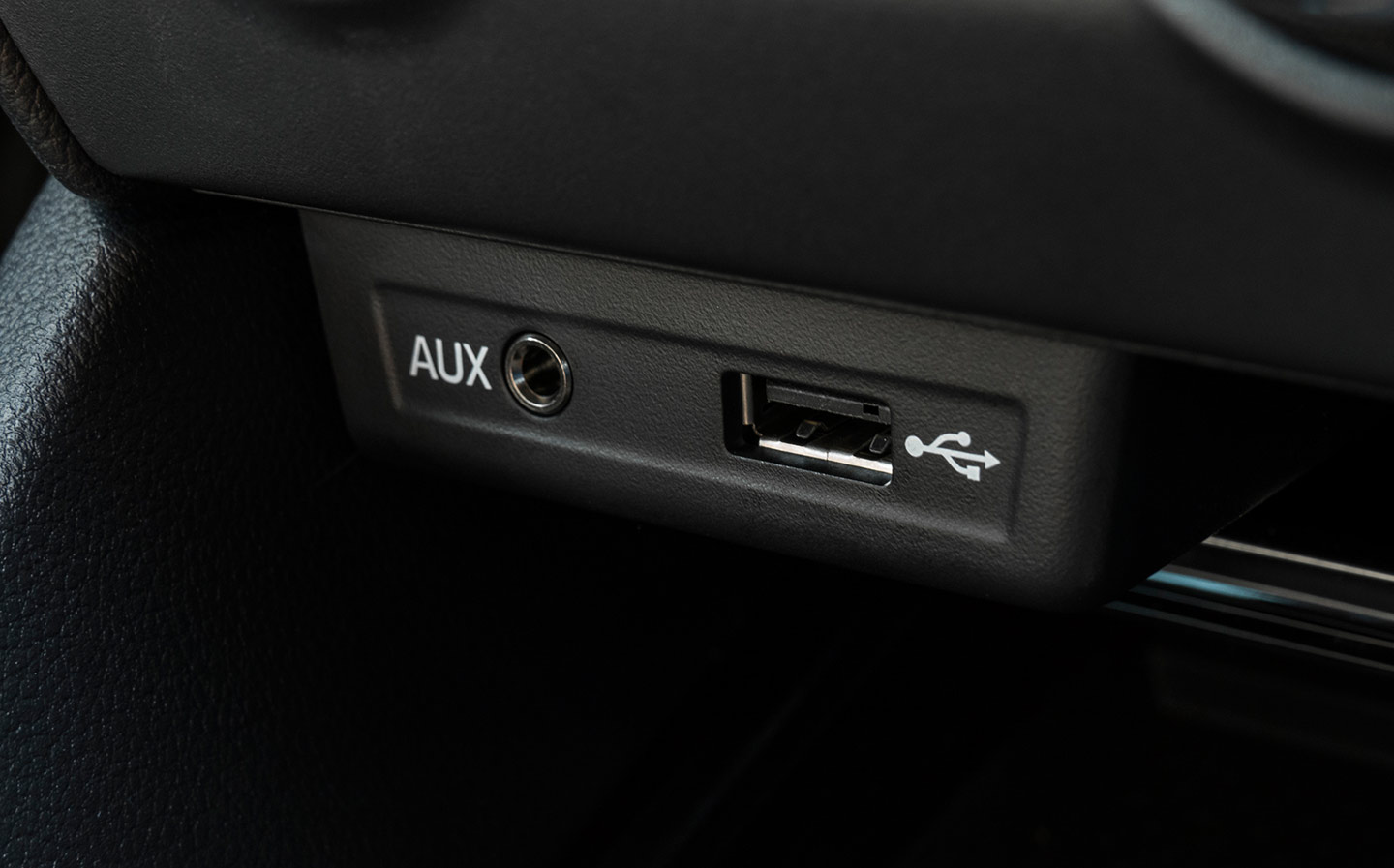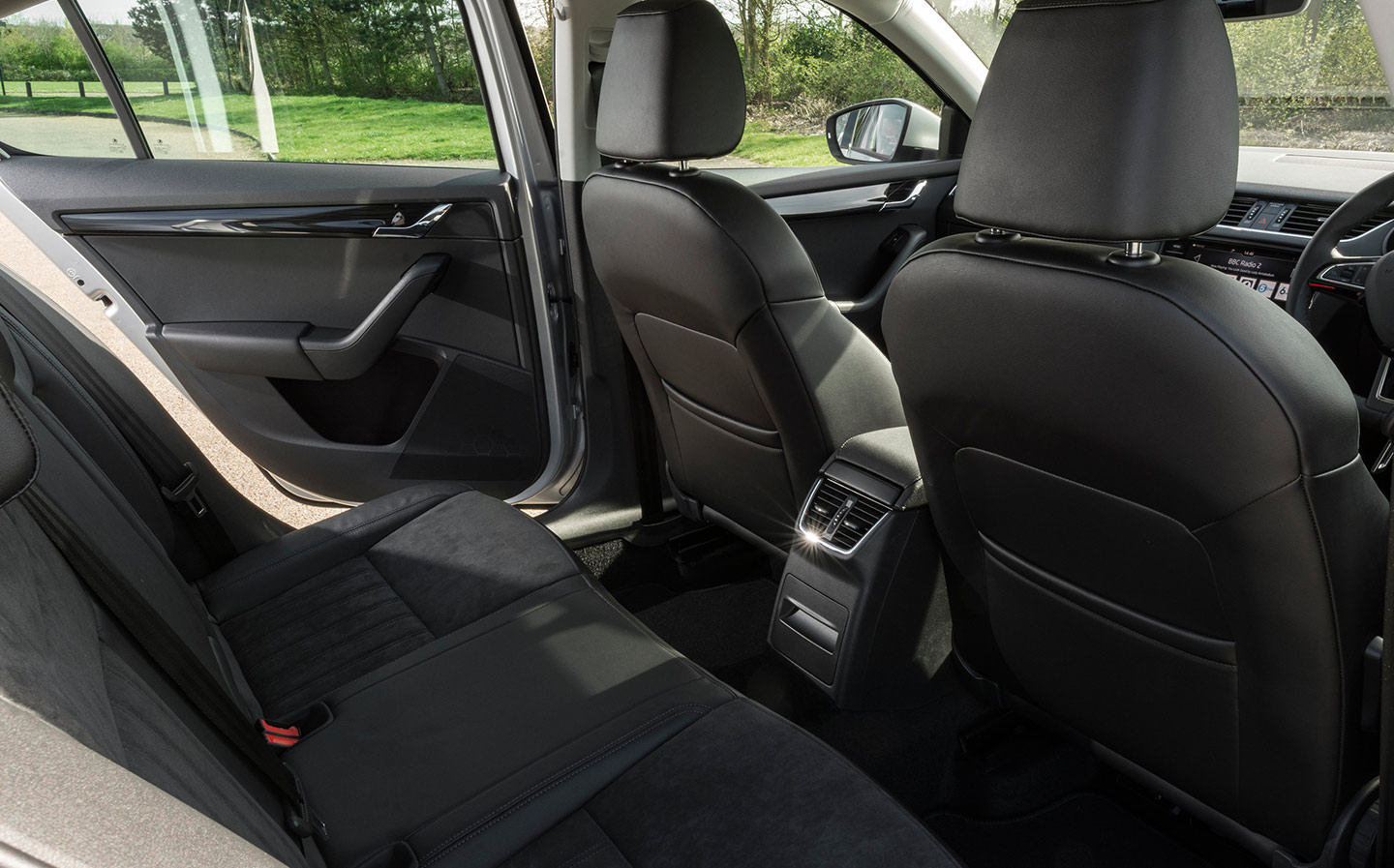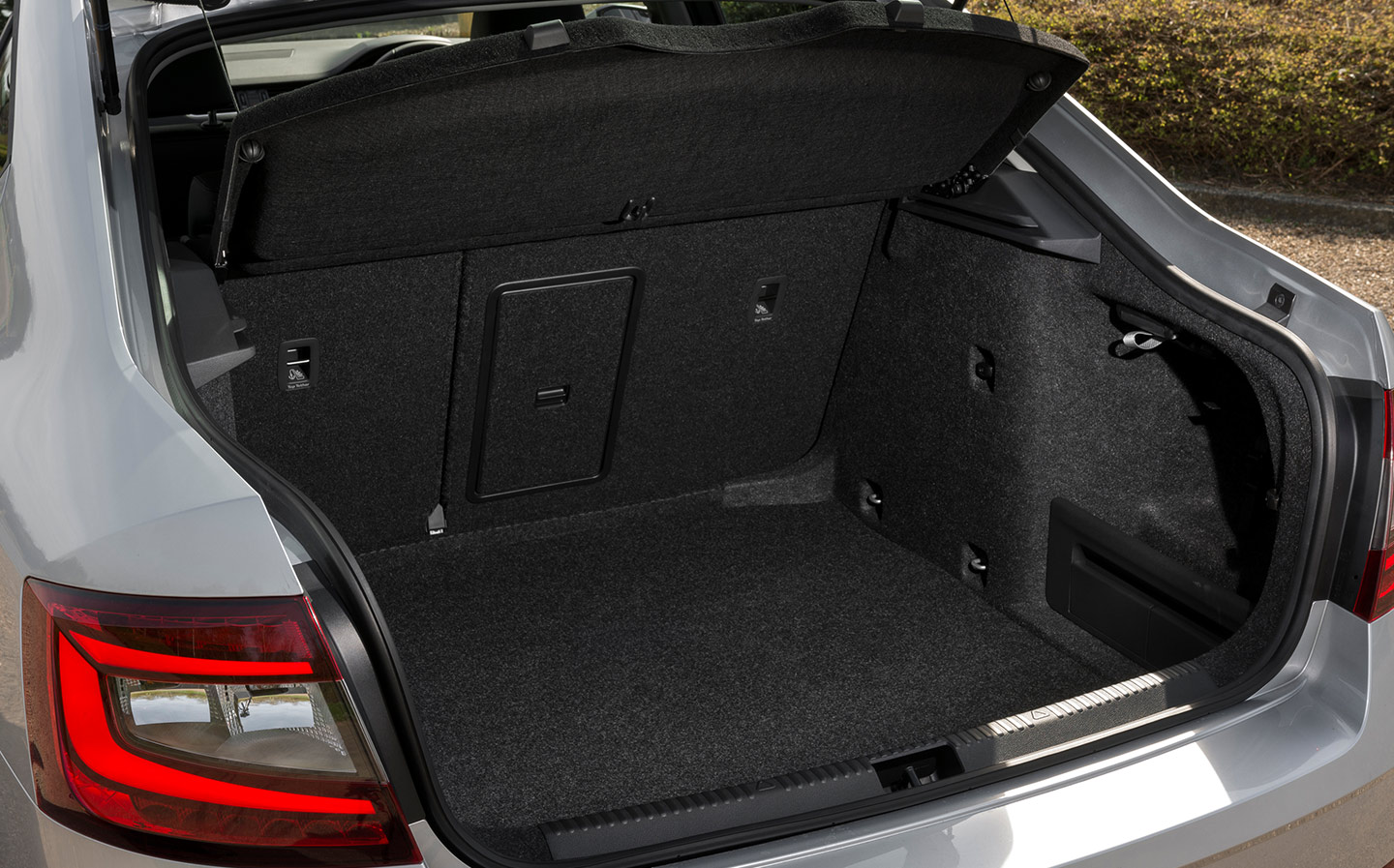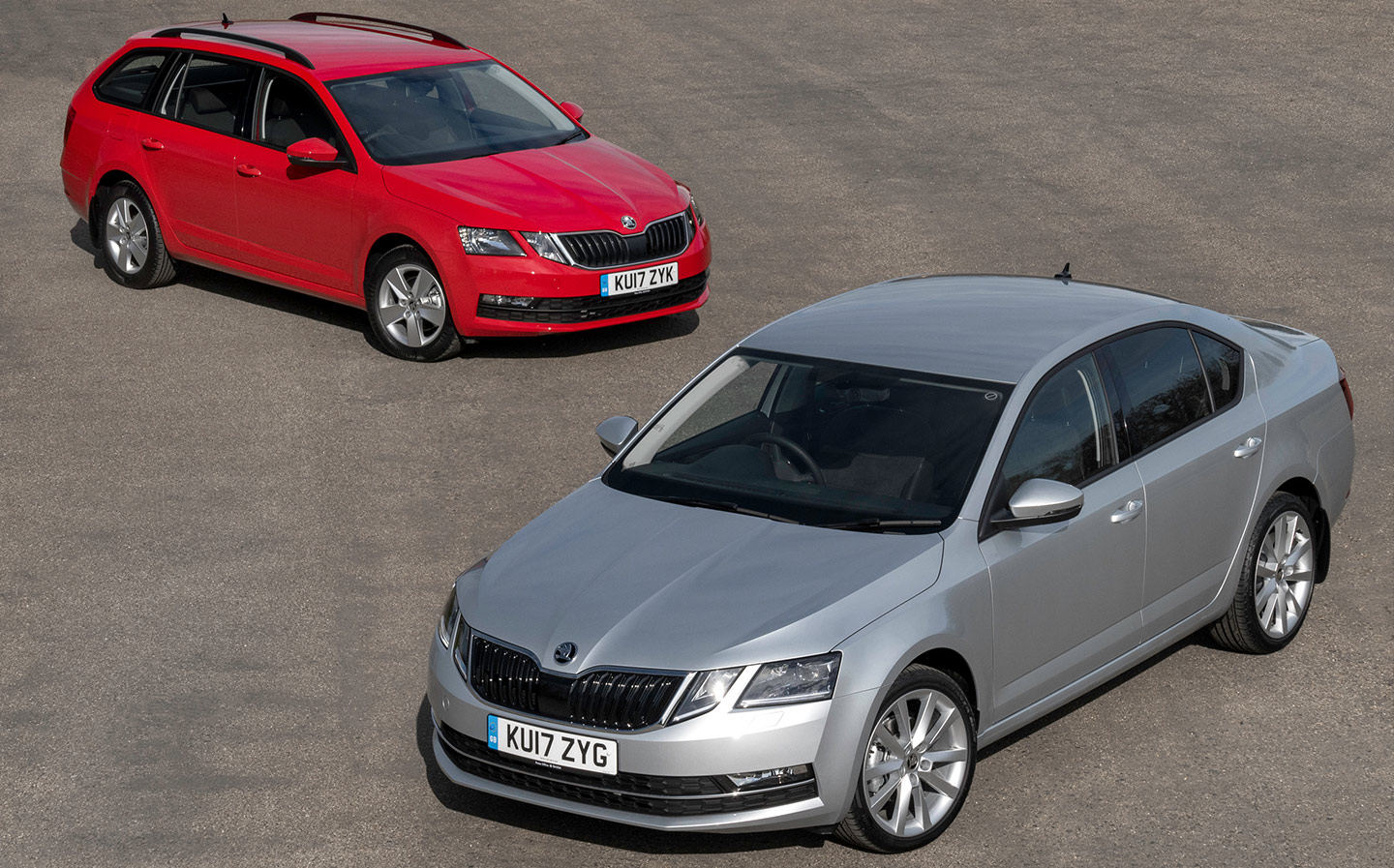Skoda Octavia review (2017-2020)
If Tesco Everyday Value did mid-size hatchbacks . . .
IT’S tempting to describe the Skoda Octavia as the no-frills version of the mid-size hatchback. Like a loaf of Tesco Everyday Value white sliced bread, it offers a predictable blend of affordability and practicality. That’s why more than two-thirds of Octavia sales go to company car fleets, rather than private buyers. It’s a vehicle for the head, not the heart.
But that could be about to change. Skoda has added a number of eye-catching tech features to the revamped 2017 Octavia that may appeal to more than just an accountant’s bottom line.
All Octavias, for example, now include infotainment touchscreens that react to finger gestures as well as a simple poke. Three systems are available: the 8in Bolero and Amundsen versions (the latter offering sat nav and a wi-fi hotspot) and the 9.2in Columbus, which includes a 64GB hard drive and a DVD player.
The large screen is impressive in its clarity and makes a strong visual impact, but we found the smaller screens easier to operate, with added menu buttons down the right-hand side and all the features a gadget-lover could want.
Then there’s an optional induction charging plate for compatible smartphones, a 575-watt Canton stereo and a host of driver assistance tools including a pedestrian detection system that will slam on the brakes if a smombie steps out in front of the car, and Trailer Assist, which steers for you while you are reversing with a trailer.
Indeed Skoda’s engineers seem to have got a little carried away: whoever came up with the cupholder that grips the base of fizzy drink bottles, allowing you to unscrew the cap with one hand, has surely been spending too long in the design studio.
Unusually for a model’s midlife facelift, the updates go beyond new gadgets and styling tweaks such as a wider grille, redesigned light clusters and all-LED headlights; the rear wheels have been shifted further apart (20mm or 30mm, depending on the engine power) in an attempt to give the car a more planted feel on the road.
Over a two-day test we covered hundreds of miles through England and Wales in four variants of the new Octavia hatchback, and found all good fun to drive. We were impressed with the composed chassis of the Octavia when it was launched in 2013, with its ability to handle uneven British roads without any nasty vibrations and shudder, and the wider back end on the 2017 version only helps with stability. We made rapid, confident progress through the twists and turns of the Brecon Beacons.
Skoda introduced Dynamic Chassis Control as an option for Octavias last year, which automatically adjusts the suspension to suit road conditions and driving style. You can select Comfort, Normal or Sport mode, and each makes a marked difference to the way the car feels to drive, although we preferred the basic (passive) suspension system in almost every situation.
Another option is the driving mode selector, which allows you to fine-tune the engine response, steering weight and gearbox, but, again, a basic setup is all you’ll need in the Octavia.
The optional larger, 18in wheels look more dynamic, and with their lower-profile tyres they helped the car round corners with less body roll, but we found the ride too harsh, with road noise adding to the problem.
The mix of colours in the cabin is about as aesthetically compelling as a goth’s wardrobe
The 16in rims, with deeper, more pliant tyres, transformed the ride, and much of the harshness was eliminated. There was still a fair amount of noise in the cabin — the Octavia isn’t as well insulated from sound as the Golf, from Skoda’s sister company Volkswagen, which has the same underpinnings, or the Audi A4.
Worse than the noise from the tyres, though, was that from the wind around the driver and passenger windows. A motorway run makes an apparently calm day sound like a howling gale. We suspect it’s related to air flowing over the wing mirrors, which Audi spent two months working on when developing the A4. Perhaps its engineers didn’t share their findings with their opposite numbers at Skoda.
Another disappointment was the uninspiring choice of materials and colours in the cabin. While the build quality of the cars is top notch, Skodas have a designated place in the VW family hierarchy. They must appear to be a step down in style from Volkswagens, and two down from Audis.
The most striking feature, found in the Octavia SE L variant, was a brushed-aluminium-effect panel in the driver and passenger doors. The dashboard was a combination of soft black plastic, softer black rubbery plastic and hard black plastic — about as aesthetically compelling as a goth’s wardrobe.
The good news is that the Octavia’s long wheelbase (the distance between the front and rear axles) gives plenty of space inside, and the estate version offers a cavernous load area. Even though it is 3mm shorter than the hatchback, oddly.
There’s even better news under the bonnet, where you get a choice of three petrol and three diesel engines. The 1.4-litre 150PS turbocharged petrol is a strong motor with plenty of poke at low revs and can reach 62mph from a standing start in 8.1 seconds, which is pretty good considering it pumps out just 114g/km of CO2 (low for a petrol engine) and averaged around 41mpg during our time with it.
Only 5% of sales are predicted to go to the little 1-litre 3-cylinder petrol, which was introduced in 2016, but it turned out to be our favourite. It’s a peppy little thing with a wide power band and good amounts of go at low and medium speeds. If you need to overtake at 60mph, it runs out of breath, but it’s a good option for most situations and the small engine means less weight over the front wheels, which makes the nose of the car more responsive. Plus it’ll get at least 45mpg and save you in road tax, producing just 108g/km of CO2.
The diesels bring further tax savings — for now, at any rate — and better economy for motorway cruising, but the 115PS diesel is more than £2,000 dearer than the 115PS petrol.
And so we’re back to decisions of the head rather than the heart, and ultimately buying an Octavia will be a question of crunching the numbers and seeing what makes sense on paper. Falling in love may happen, but don’t count on it.


